Episode 15: Drones, science communication, and changing roles with Auston Chhor
Spoiler alert: fish don’t like being out of water.
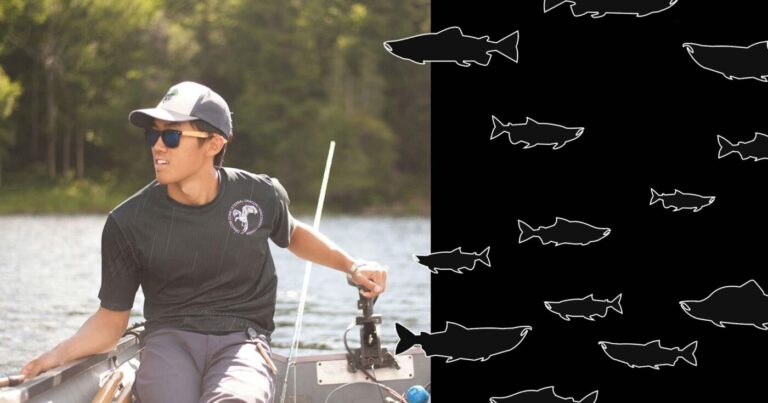
Spoiler alert: fish don’t like being out of water.
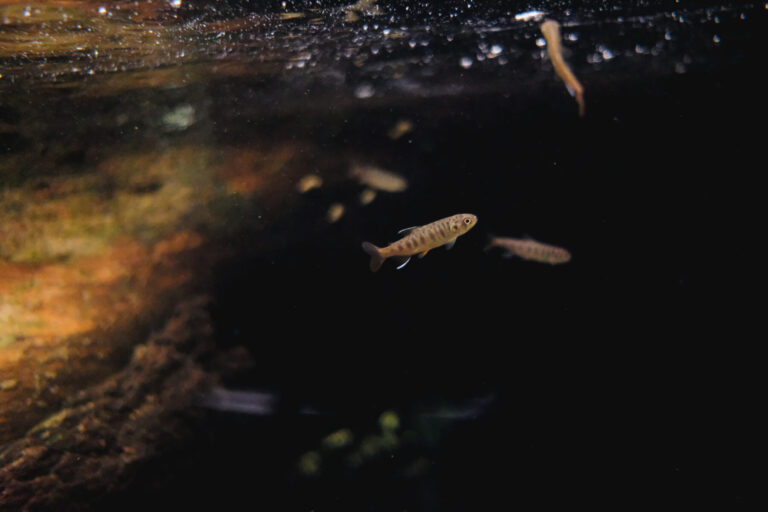
Thermal refuges are sites within a stream that are significantly cooler than the surrounding water.

Rivers are warming due to climate change. Where do salmon go to cool down, and what can we do to help them?
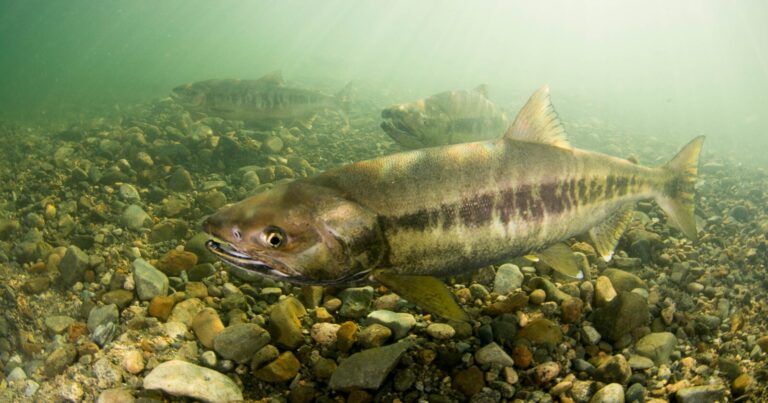
It is important to remember that our water, and the incredible fish that return to our watersheds, are one of our greatest natural resources and are an integral part of strong and resilient local economies.
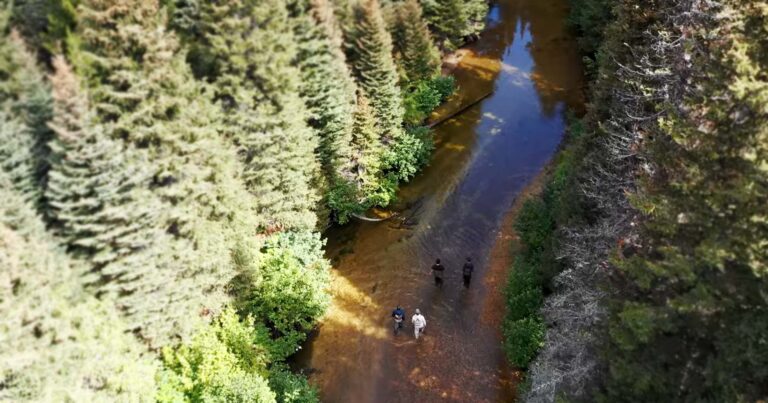
Salmon need water, but in the Nicola Valley water isn’t always easy to come by. Climate change is hitting the Nicola watershed hard.
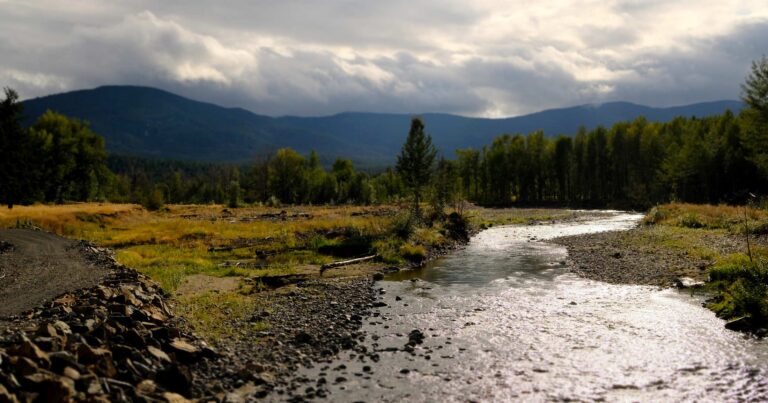
We’re conducting collaborative science to build climate resilience for salmon in the Nicola watershed.
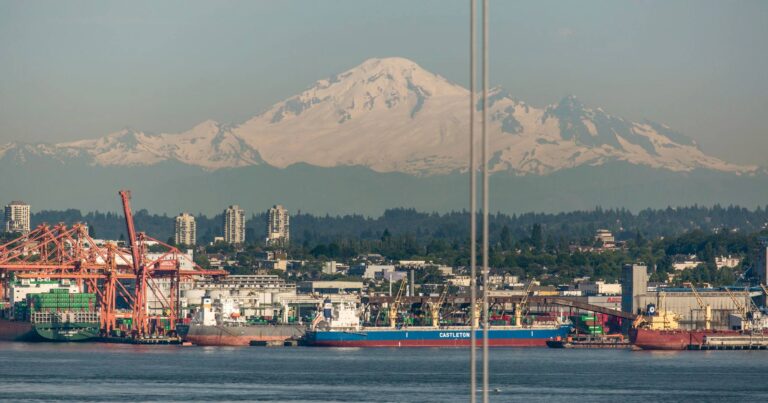
Our new report highlights global case studies for the development of a comprehensive, place-based conservation strategy in the Lower Fraser.
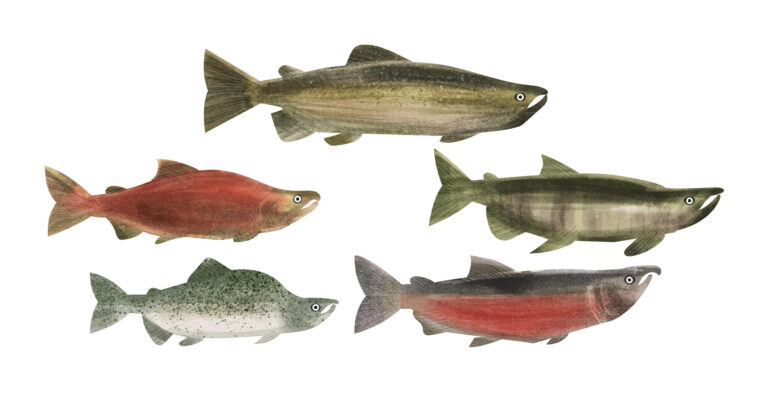
In celebration of Wild Salmon Day, we identify some of the threats facing these fish in BC.
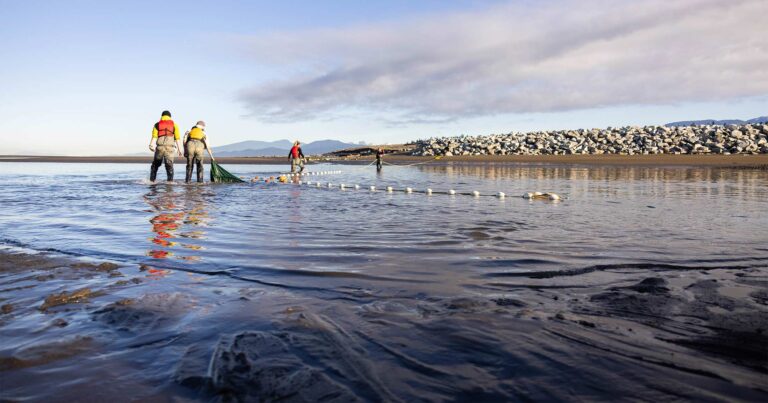
Climate change costs in BC are running in the billions of dollars per year; there are many benefits to Nature-based Solutions.
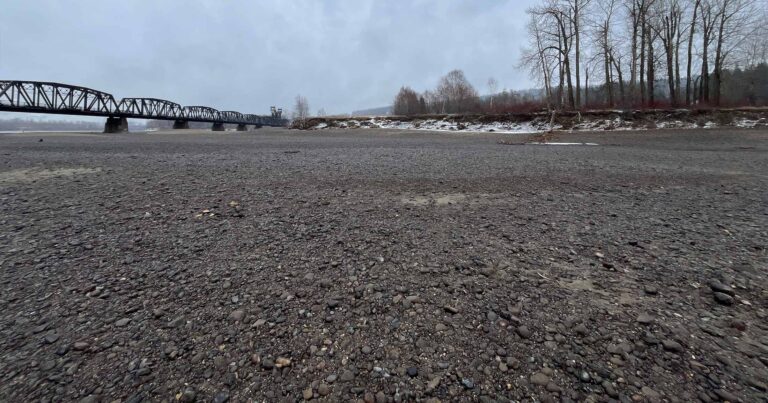
Eight policy solutions to benefit wild salmon in an age of water scarcity.

Delving into the realms of endangered Chinook salmon surveys and the ongoing resurgence of a wolf population.
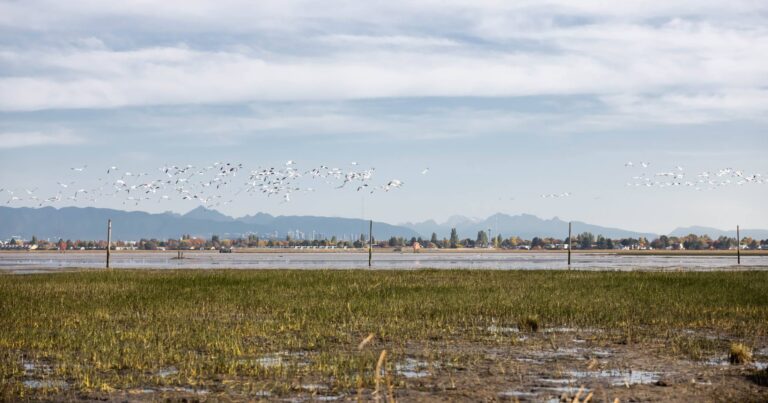
In New Zealand and Quebec, communities have successfully pushed for some form of Rights of Nature laws to be accorded to ecosystems around them.